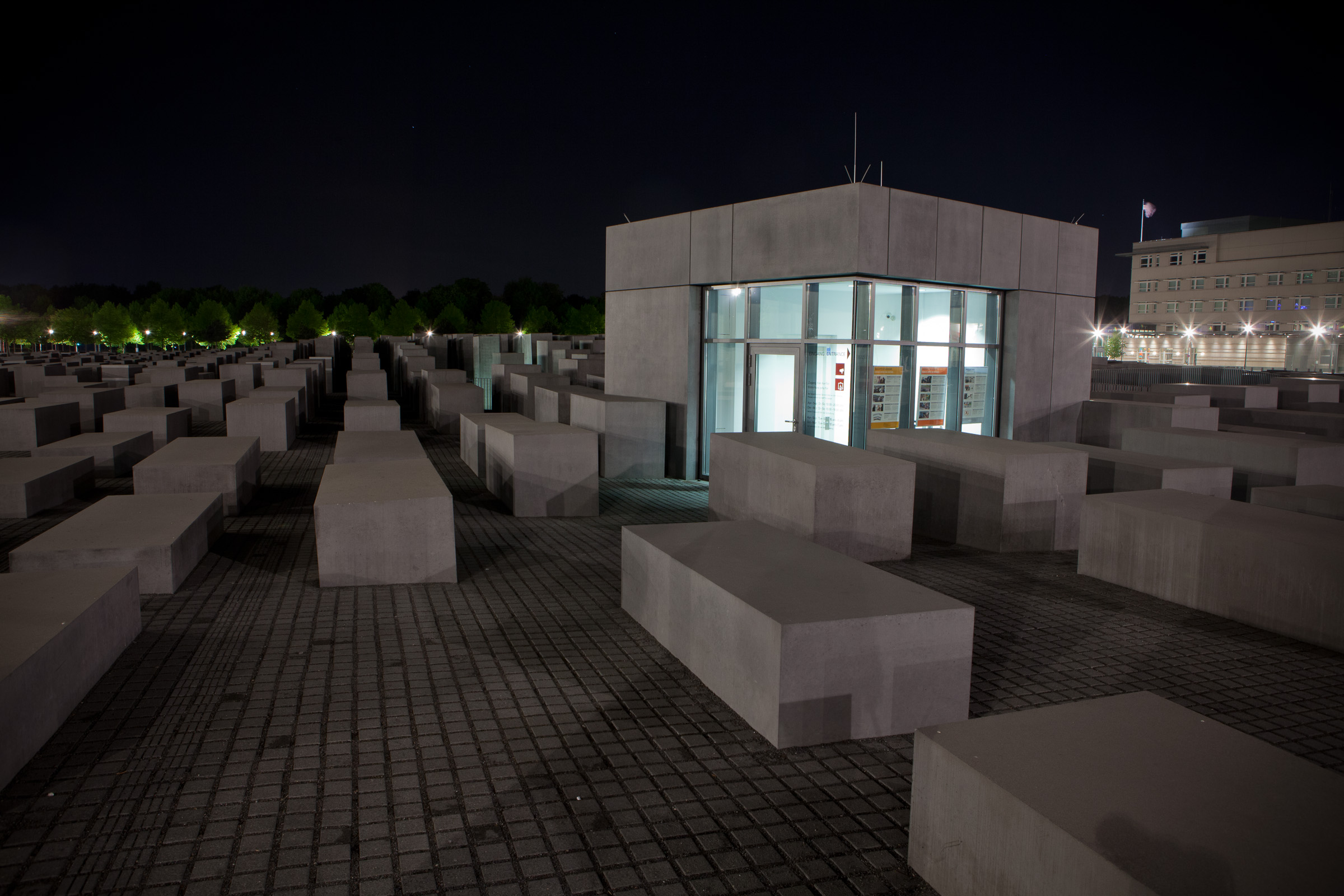Memorials of Berlin

While many other places have seen tides of conflict and violence come and go for thousands of years it’s Berlin’s recent history that leaves such a powerful impression on visitors. Among the more prominent structures are the ruins of Kaiser Wilhelm church- used as a landmark by allied bombers in the closing months of the second World War, the vast Holocaust memorial in Friedrichstadt and the sprawling East-side gallery on the remnants of the Berlin wall. In the Tiergarden- Berlin’s 1200 acre central park- there is a giant socialist/constructivist monument to the 300 thousand Soviet soldiers that died laying siege to the cityin 1945. Tours are offered every day to Nazi-era bunkers, Saschenhausen Concentration Camp, the old East-German prison and dozens of other memorials and monuments to the darkest parts of 20th century history. Meanwhile the markets and antique stores are still flooded with lapel pins, coins, medals and mementos of Hitler’s Reich and the DDR.
In no other place I’ve visited has history been such a prominent, changing and contested part of everyday life.
Each memorial has its own controversy attached. in Grunewald Nazi-era street names have been changed but not all of them have reverted back to their former Jewish origins. More studious revisionists have pointed out that some streets in Berlin still bear the names of notorious governors responsible for grim chapters in Germany’s brief colonial history.
In central Berlin the German parliament designated an entire city block to serve as a memorial to the Holocaust but later voted to exempt the site of any mention of Gypsies, ethnic Roma, homosexuals and other victims of Nazi atrocities. Before completion the government also tried to enact a ban on public demonstrations within a wide radius of the memorial in order to prevent the site from becoming a staging ground for right-wing Neo-Nazi rallies. That suggestion fuelled a further uproar with many decrying any limitation on assembly as anti-democratic.
Although it’s been more than 20 years since the wall came down and the minefields were removed the city is still seeded with violence. According to our guide the ground underfoot is basically one big fruitcake of unexploded ordinance. During WWII the allied forces alone dropped almost 65 thousand tons of bombs onto the city – roughly 10 percent of which failed to detonate. For the last 70 years German construction workers have been unearthing these bombs either routinely and without incident or dramatically and with sudden loss of life. In November 2011 the city of Koblenz evacuated 45 thousand people (almost half the population) when a prolonged dry-spell revealed a bomb weighing almost 1.5tons on the bed of the Rhine.
The vast number of memorials and the debates that they provoke have to be one of the most interesting things about Berlin. So many places either neglect or actively conceal their past. But without addressing history it’s difficult for people to make sense of the current conflicts and rifts that exist in their society. So many debates about social justice and responsibility are hamstrung by general ignorance of what has happened. While people might find these reminders of the past to be morbid they serve a real purpose and the conversations they start have definite social benefits.
The coloured pipes are an interesting feature of the city as well. I thought they were some sort of sprawling public-art project and it says a lot about the place that I actually considered that miles of elevated piping might be decorative or symbolic. Their actual purpose is much more practical.
















Leave a Reply